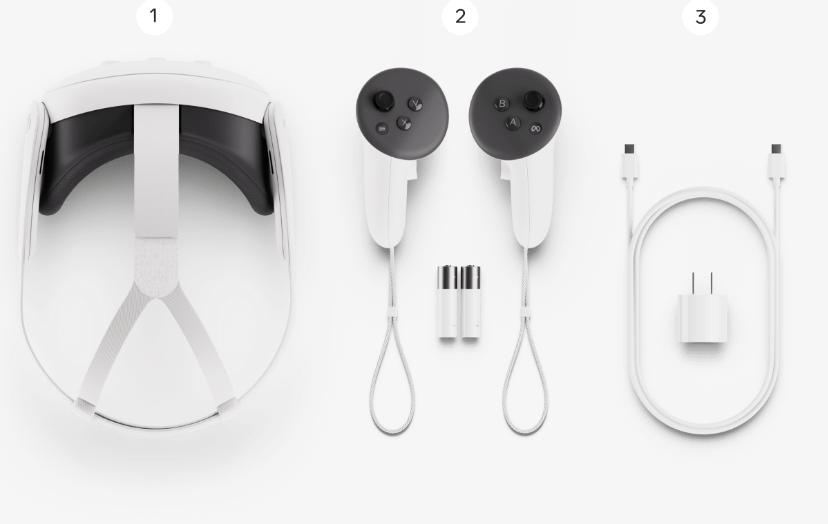

Deanna was an editor at ReadWrite until early 2024. Previously she worked as the Editor in Chief for Startup Grind, Editor in Chief for Calendar,…

The ReadWrite Editorial policy involves closely monitoring the tech industry for major developments, new product launches, AI breakthroughs, video game releases and other newsworthy events. Editors assign relevant stories to staff writers or freelance contributors with expertise in each particular topic area. Before publication, articles go through a rigorous round of editing for accuracy, clarity, and to ensure adherence to ReadWrite's style guidelines.
Deanna was an editor at ReadWrite until early 2024. Previously she worked as the Editor in Chief for Startup Grind, Editor in Chief for Calendar, editor at Entrepreneur media, and has over 20+ years of experience in content management and content development.
Google has reportedly resolved a known scrolling issue with its Pixel phone that numerous users had complained about. According to Google’s issue tracker, the scrolling experience on some Pixel models...
Explore the latest in tech with our Tech News. We cut through the noise for concise, relevant updates, keeping you informed about the rapidly evolving tech landscape with curated content that separates signal from noise.
Explore tech impact in In-Depth Stories. Narrative data journalism offers comprehensive analyses, revealing stories behind data. Understand industry trends for a deeper perspective on tech's intricate relationships with society.
Empower decisions with Expert Reviews, merging industry expertise and insightful analysis. Delve into tech intricacies, get the best deals, and stay ahead with our trustworthy guide to navigating the ever-changing tech market.